Basically translates to “despite me liking English, js is not my cup of tea”. “Вообще мимо” can also be more literally translated as “a complete miss”, but I’m not entirely sure if it’s used that way
- 13 Posts
- 423 Comments

 122·2 days ago
122·2 days agoAgreed, crab that anti-foss activist in particular
Do you like Russian, tho? Some Russians I’ve encountered did find it overcomplicated at times… Но в целом понимаю: мне норм заходит энглиш, а жабаскрипт вообще мимо
I think ppl just got pissed with the fanboys unironically asking to RIIR everything. The language itself is comfy AF, tho
 2·3 days ago
2·3 days agoA bit of an update here: I decided to do it. Basically, 1st you need to desolder the flex cable, starting with 2 positive wires and not shorting them to other stuff (I haven’t tried doing it myself, but it doesn’t seem like a good idea)
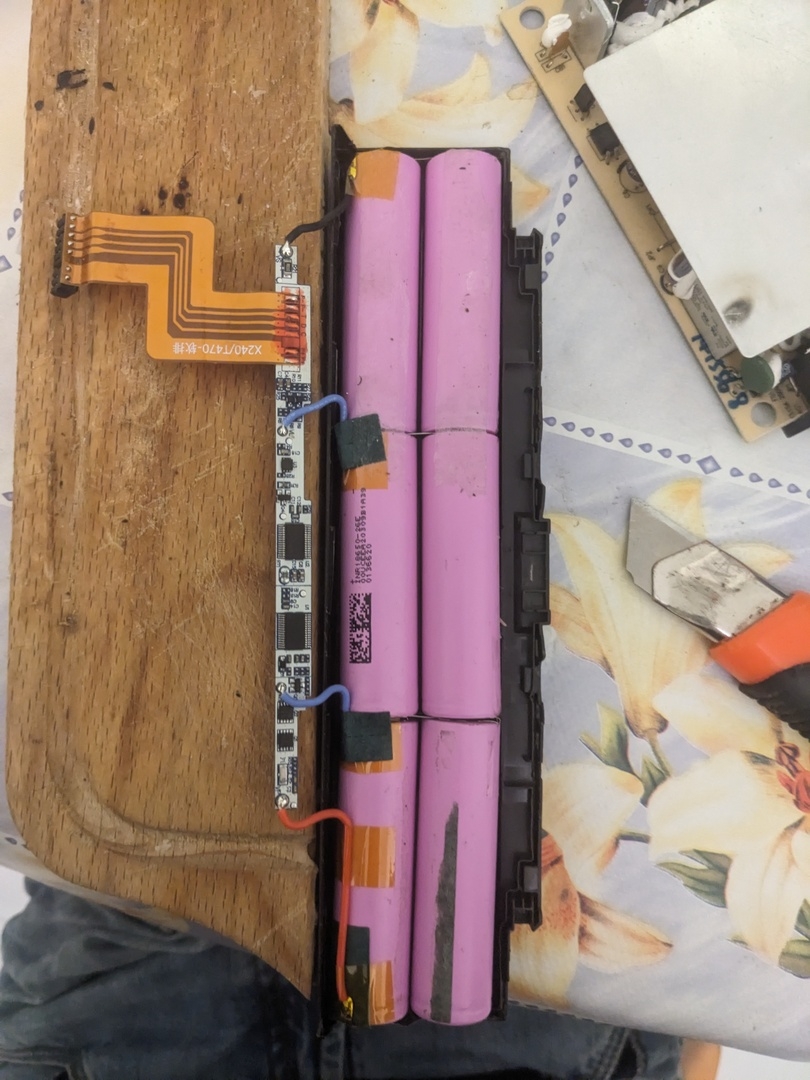

Then solder everything but positive, isolate, solder positives, isolate. I used hot glue since I’m in the middle of nowhere and too impatient to wait for some more appropriate stuff to be delivered.
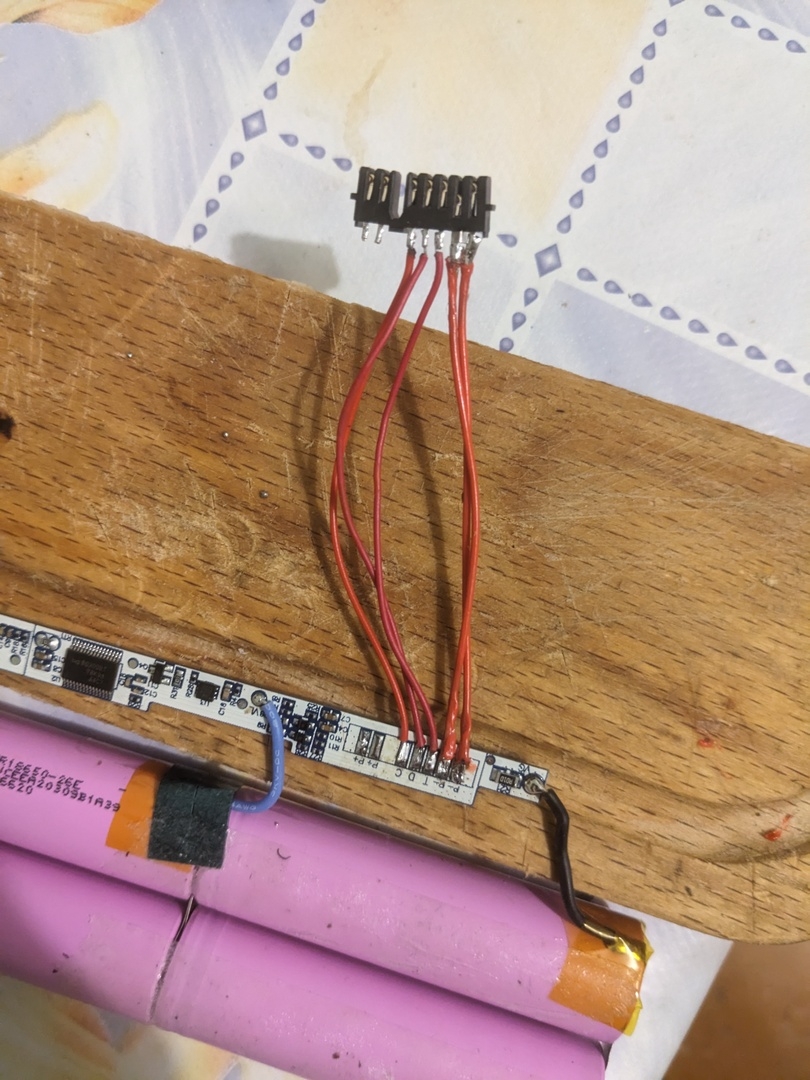
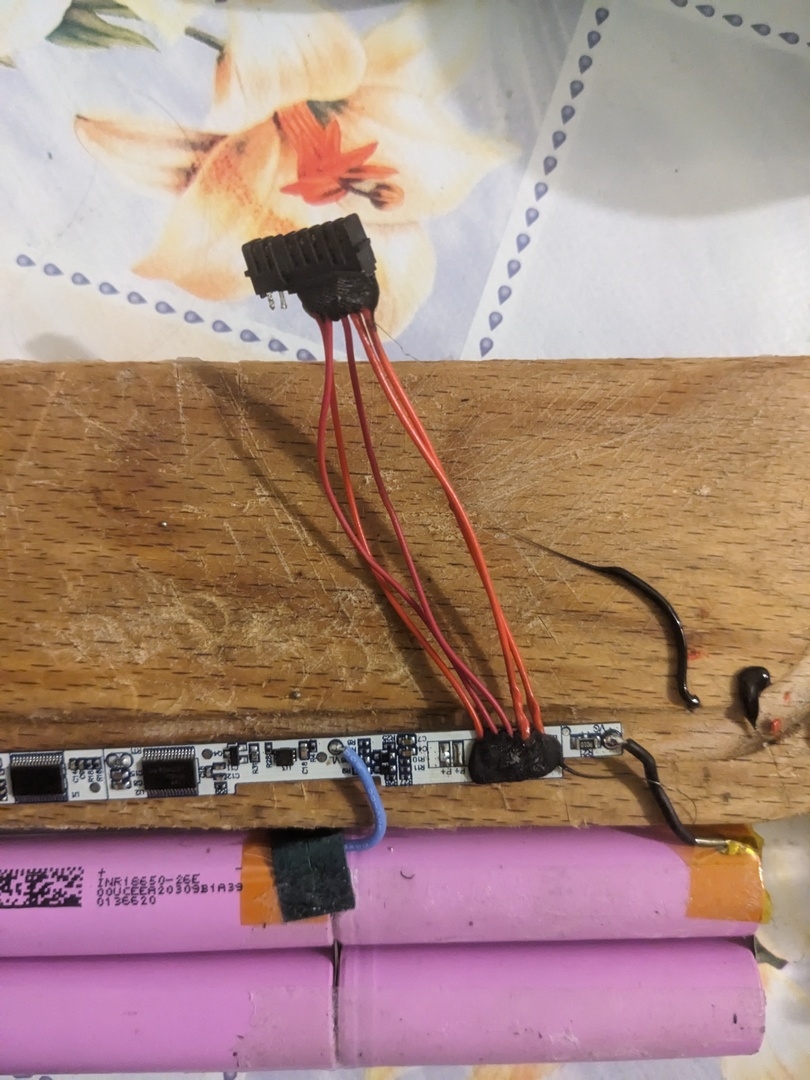
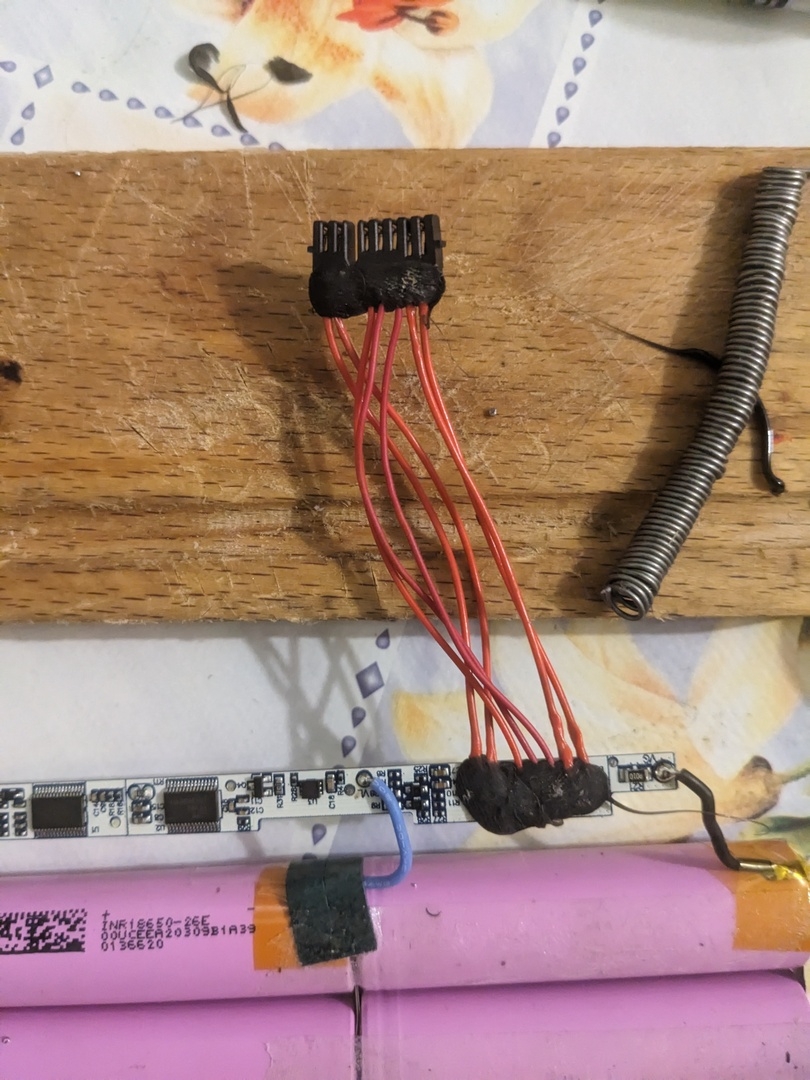
Then install the contraption into the case which doesn’t fully close now, but it’s unnoticeable when plugged in into the laptop.
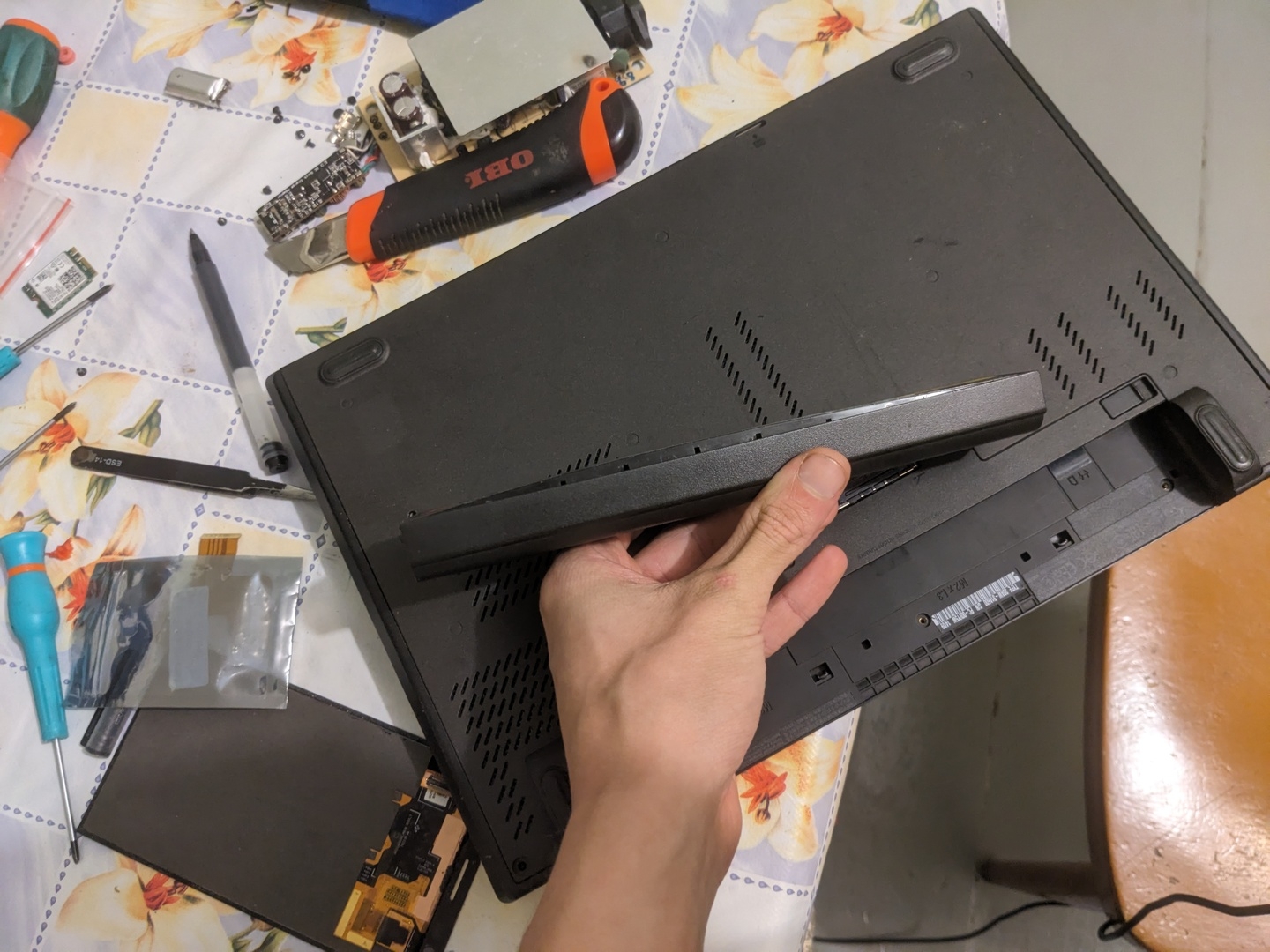
App pinning has an explicit warning that “personal data may be accessible” and “pinned apps may open other apps”. I mean, it’s better than nothing, but I’d prefer not to rely on it anyways.
Funny enough, I wasn’t entirely sarcastic. I’ve seen some trump memes that day and suspected smth happened to him, but they were the 1st to explicitly tell it as far as I remember 😅

 3·3 days ago
3·3 days agoThey’ve explicitly told in there FAQ 0 bytes of info was disclosed. And I suspect whatever they’ve shared with Germans alone wasn’t 7 bits long.
Fck, literally me. And I don’t even smoke pot

 2·3 days ago
2·3 days agoSoo, how exactly CC solves the issue? I suspect it wouldn’t stop those who ignored a much more lax GPL, tbh

 5·3 days ago
5·3 days agoIt’s not like they exactly didn’t before: https://www.androidpolice.com/telegram-germany-user-data-surrendered/
Also, nothing said about whether they’re going to start making transparency reports, not that I’ve expected anything else from this crapshow of a messenger…
 3·4 days ago
3·4 days agoI didn’t build it, although I’ve been entertaining the idea for quite a while. I just happened to have 2 dead batteries, one 72wh with a locked controller (2 parallel cells simply fell off due to bad spot welding) that I later bricked while trying to unlock, and a 22wh with one of the packs dead. So, after fixing the welding (tbh I’ve just soldered those cells since I didn’t have a spot welder myself at the time) I just swapped out the working controller with the locked one. T480 doesn’t seem to mind, so whatever. Although I eventually decided to set the charge threshold at ~90% since it seemed to me the BMS overcharges the batteries
As for building, there’s this beauty (also there’s a hackaday article about it; includes a link to the blog post outlining how it was done) for t420 which seems to include a PoC-ish smbus implementation for an attiny, as we’ll as a prototype based on bq3060. Verification may be a problem, tho, if the board runs on EC firmware from lenovo (also, I’ve been looking at coreboot docs for x230 today, and yap, they sometimes do keep blobs with EC firmware, although there were tutorials on patching it to remove the verification). Also, if you happen to have a battery based on bq8030 ic, this blogpost has a disassembler for its firmware, which makes it possible to more or less see how the battery side of verification is done and implement it some other way. Dumping the firmware is also quite simple using theese scripts (tested on the second battery mentioned in the post)
 1·2 months ago
1·2 months agoI guess so, but you should check which controller is used on your bms. This guide targets
bq8030, as mentioned in the readmeEdit: also, my bad: it looks like the guide doesn’t show how to change the battery capacity, so recalibration is also necessary (alternatively, you can look for the values reported by
/sys/class/power_supply/BAT*/energy_full{,design}in the dumped firmware and change them. However, the script is useful if your bms locked itself (in this case replacing/shorting the fuse might also be necessary, as some bms-es try to blow it when locking)
 2·2 months ago
2·2 months agoSo, yours is core/librebooted? If it happens to be **30 series, there’s also a better solution out there: https://github.com/noolex/lenovo_battery_repair
 2·2 months ago
2·2 months agoI cheated a bit: I had 2 dead batteries, one 72wh with a locked bms and a 22wh with one of the batteries dead, so I just soldered the batteries from the 1st one to the bms from the 2nd one leaving the factory welding in place. *Also, before disconnecting the original batteries I soldered another fully charged battery in parallel in order not to lock the bms, which may’ve been unnecessary given it didn’t lock with one of the original packs showing 0v, but better safe than sorry.
As for soldering the cells, it’s generally not advised, but is kinda ok if you’re fast enough and have good flux. The trick is not to overheat the batteries, and that’s it.
Also, I wrote a small calibration script (which is a fancy word for charging and discharging the battery a few times to let the bms know the cells have changed; mb helpful if you decide to give it a try (also there’s
tlp recalibrate, but I wanted to try amber out, so here we go :D)
You mean this: https://www.bleepingcomputer.com/news/security/hackers-use-poc-exploits-in-attacks-22-minutes-after-release/ ?
Pretty regular stuff if you ask me
A so-called “meta distribution”, allows you to mix and match packages from some other distros. Kinda like distrobox, but older (AFAIK) and low level-er.
That said, I didn’t find it exactly useful a few years ago, since pretty much everything i needed was in the aur or the official repos (should be better if the base was smth like Ubuntu)
Other inits cut out udev and logind and run away giggling into the sunset, obviously








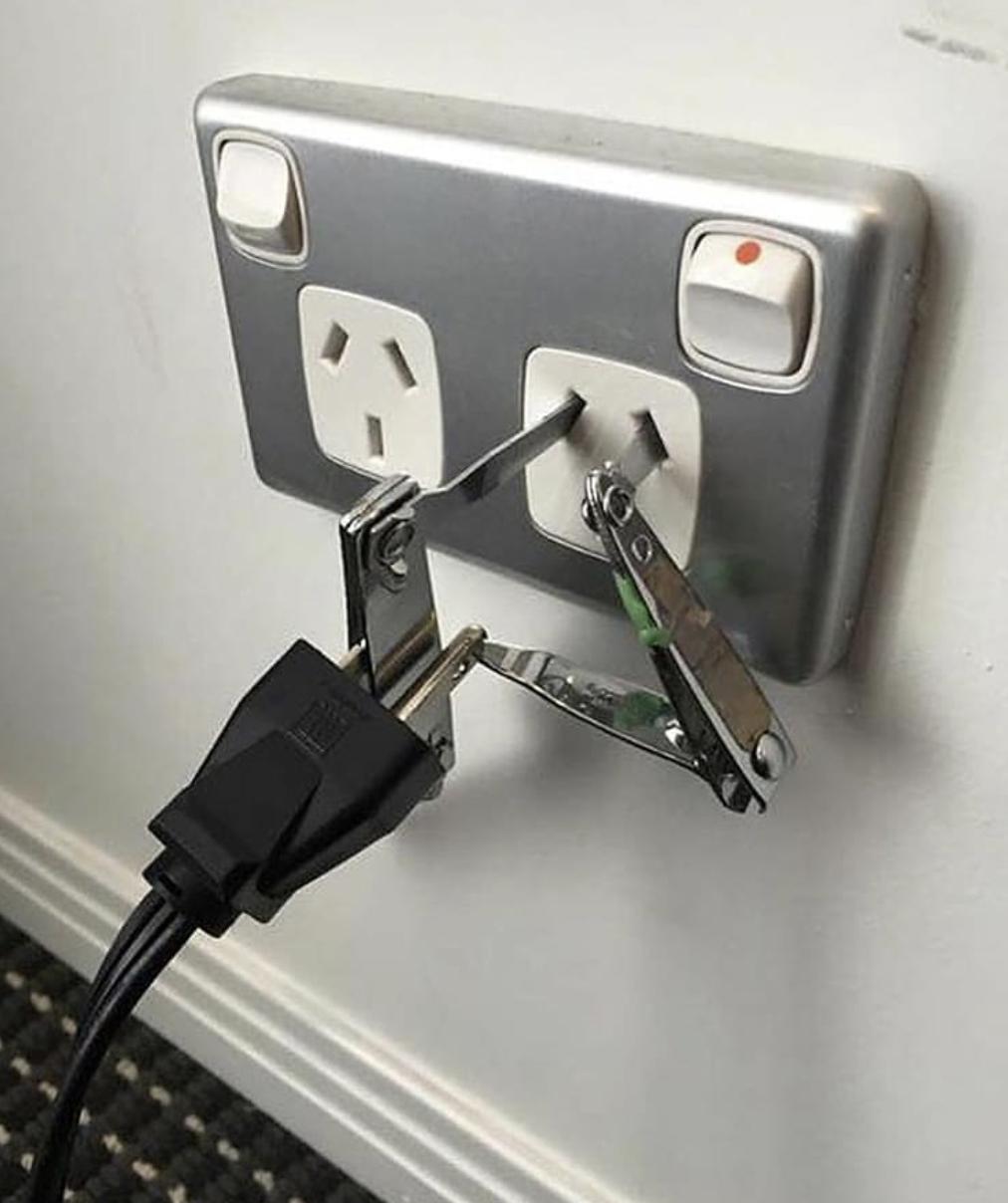


I guess you should use proxmox at this point 🤣